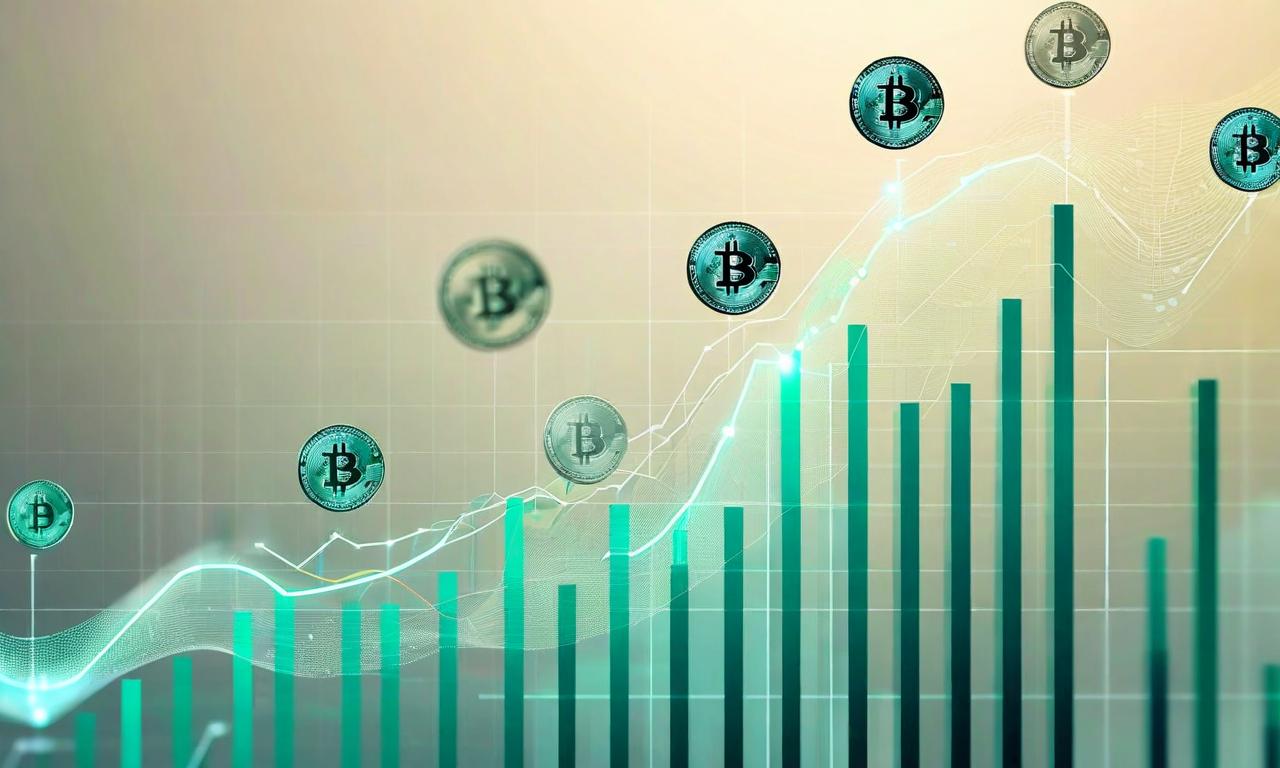JPMorgan Chase to Pay $330 Million in 1MDB Settlement with Malaysia
JPMorgan Chase has agreed to pay 1.4 billion ringgit ($330.00 million) to Malaysia to resolve claims related to the 1MDB scandal. The settlement, made without admitting liability, will be contributed to Malaysia's Assets Recovery Trust Account. Additionally, Switzerland's Attorney General fined JPMorgan's Swiss unit 3 million Swiss francs for failing to prevent money laundering linked to 1MDB. The 1MDB scandal involved over $4.00 billion in stolen funds and has led to imprisonments of former Goldman Sachs executives and a Malaysian prime minister. JPMorgan has stated it has enhanced its controls since the incidents under review.

*this image is generated using AI for illustrative purposes only.
JPMorgan Chase, one of the world's largest financial institutions, has agreed to pay 1.4 billion ringgit ($330.00 million) to Malaysia to resolve all existing and potential claims related to the 1Malaysia Development Berhad (1MDB) sovereign wealth fund scandal. This settlement marks a significant development in the ongoing saga that has implicated several major financial institutions.
Settlement Details
The settlement, made without any admission of liability, will be contributed to Malaysia's Assets Recovery Trust Account. This agreement effectively resolves all future claims and litigation related to 1MDB involving JPMorgan Chase.
Swiss Regulator's Action
In a related development, Switzerland's Attorney General has taken action against JPMorgan's Swiss unit:
- Fined 3 million Swiss francs ($3.70 million)
- Reason: Failing to prevent money laundering related to 1MDB
- Specific issue: 34 overseas transfers totaling approximately 174 million francs
- Time period: Between October 2014 and July 2015
The 1MDB Scandal
The 1MDB scandal has been a major issue in the financial world for the past decade:
- Estimated stolen funds: Exceeding $4.00 billion
- Consequences: Imprisonment of former Goldman Sachs executives and a former Malaysian prime minister
JPMorgan's Response
In light of these events, JPMorgan Chase has stated that it has enhanced its controls since the matters under review. This proactive step suggests the bank's commitment to preventing similar issues in the future.
Implications
This settlement highlights the ongoing efforts to resolve the far-reaching implications of the 1MDB scandal. It also underscores the importance of robust anti-money laundering controls in global financial institutions.
The resolution of these claims against JPMorgan Chase represents another step in Malaysia's efforts to recover funds related to the 1MDB scandal, while also bringing a degree of closure to one aspect of this complex financial saga.

























